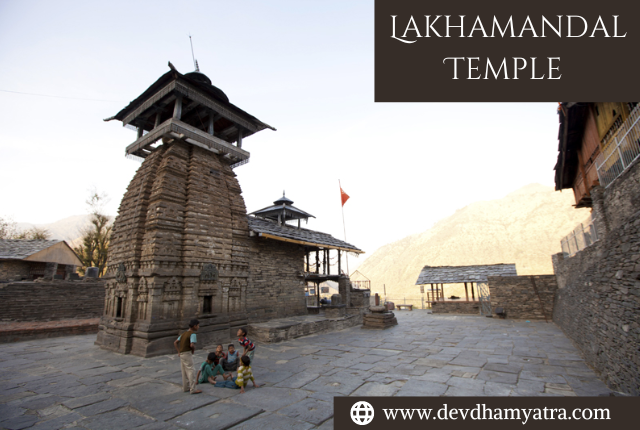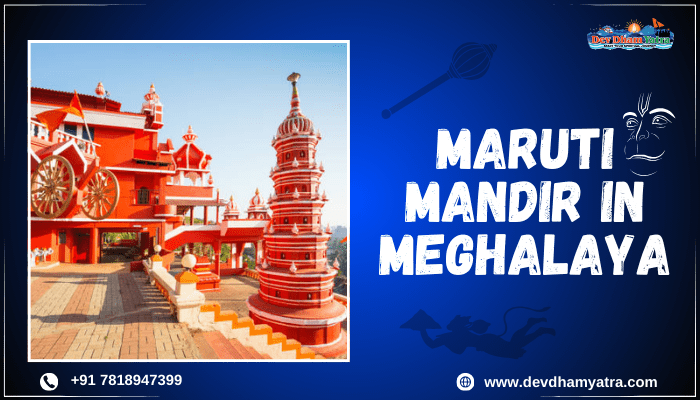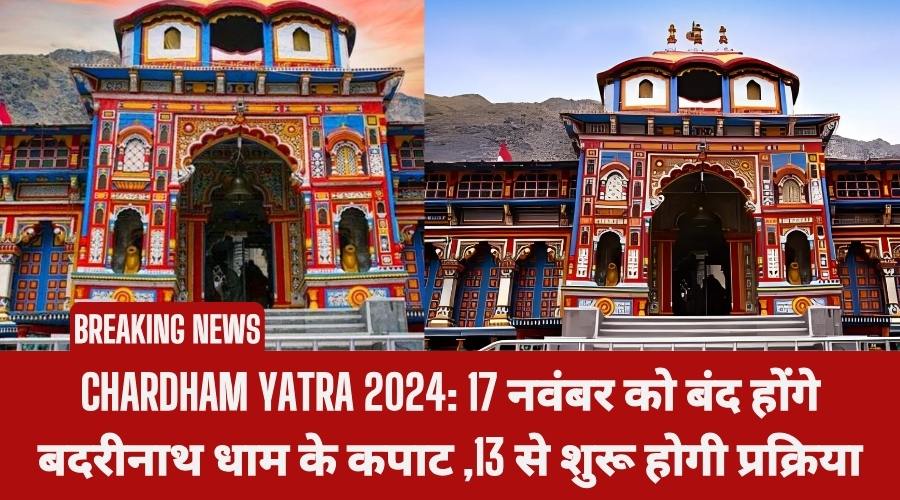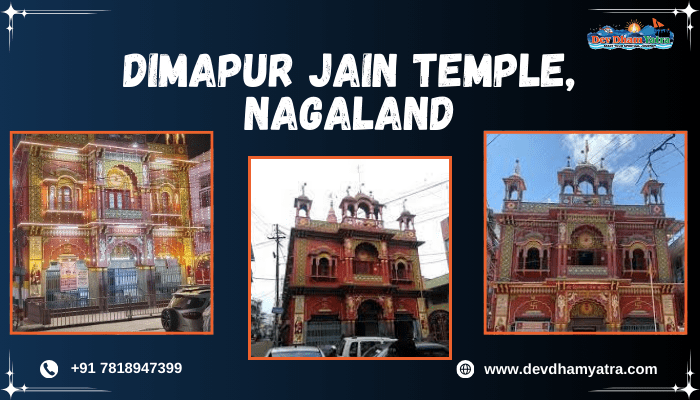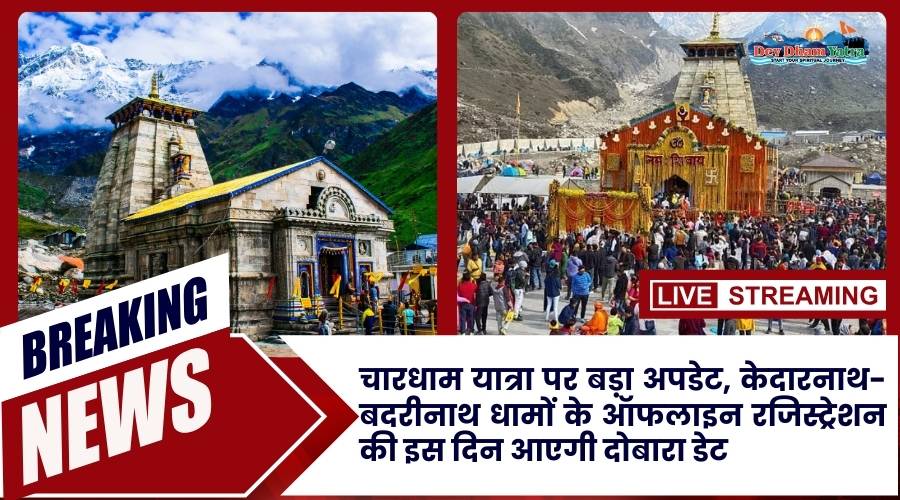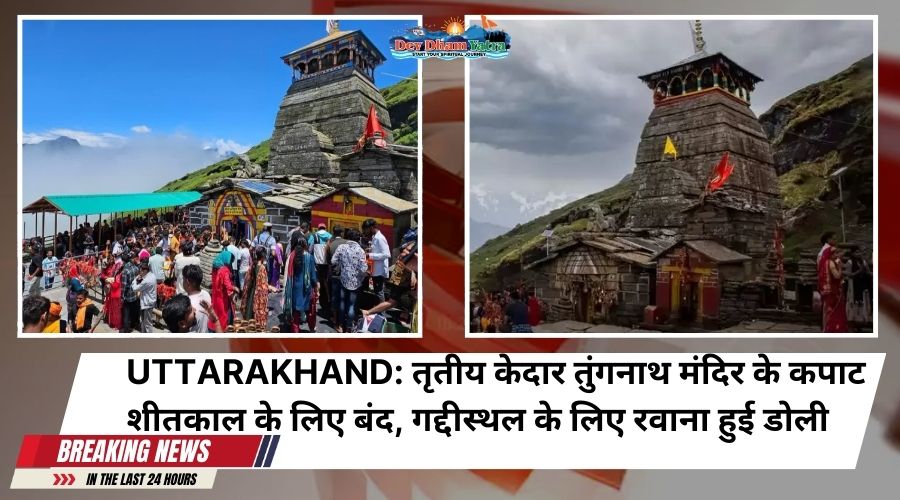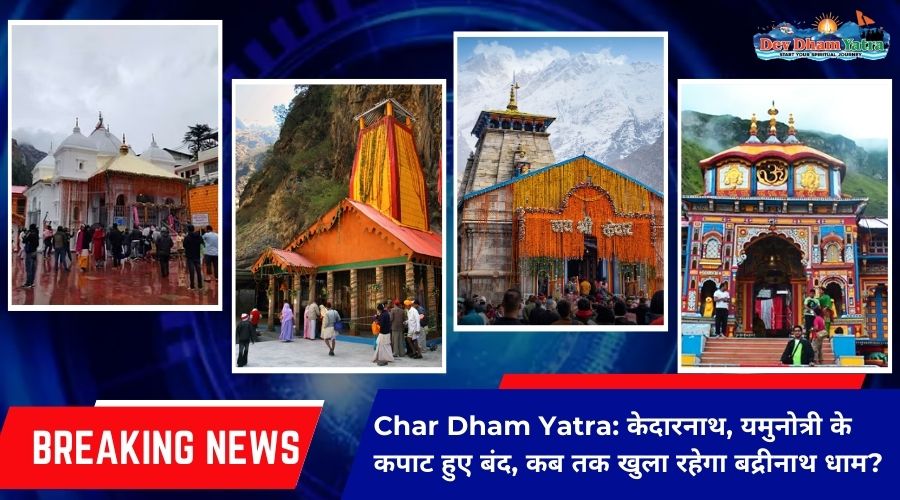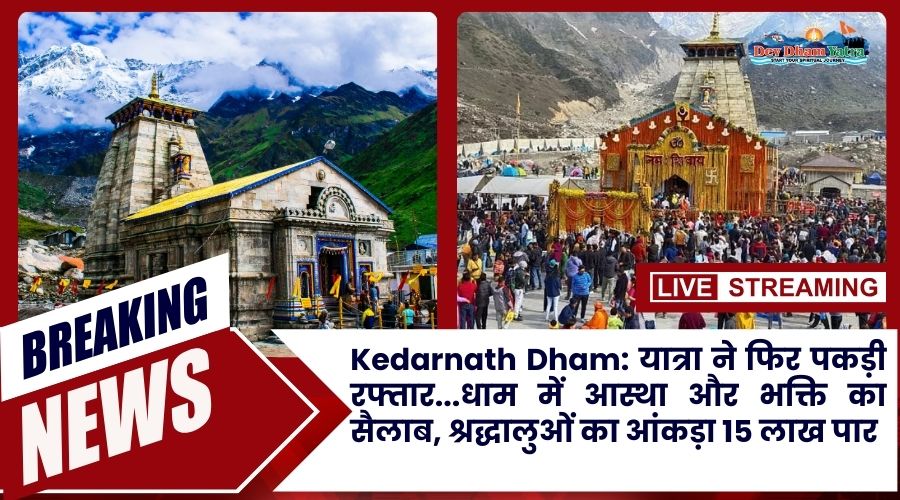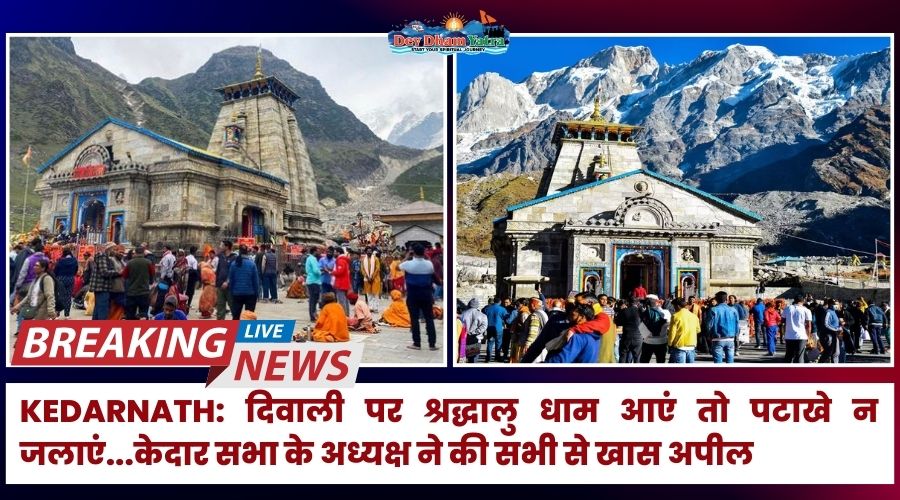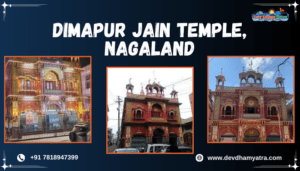Introduction


The construction of this Shiva temple in the NAGARA style dates to the 12th or 13th century CE. Several sculptures and architectural components scattered throughout the area imply that there were once additional shrines dedicated to the same religion, but only this one has remained. The oldest signs of construction at Lakhamandal date to the 5th to 8th centuries CE, based on the brick structure seen beneath the stones that built the pyramidal structure. According to a stone inscription from the sixth century CE, princess Ishwar of the Singhpura royal race built the Shiva temple at Lakhamandal for the spiritual well-being of her late husband Chandragupta, the son of the king of Jalandhar. Supervisory Archaeologist.
ABOUT
In the Chakrata region, there is a well-known temple called Lakhamandal. Lord Shiva is the temple’s deity. In the Lakhamandal grounds, there are still the remains of various temples. The Shivling in this instance is formed of graphite, which sparkles when water is applied to it. The Jaunsar-Bawar area of the Dehradun district in the Indian state of Uttarakhand is home to the historic Hindu temple complex known as Lakhamandal. The building serves as a temple for Lord Shiva. The Shaktism community frequents this temple because they think a trip to the shrine there will put a stop to their bad luck.
The terms lakha (Lakh), which means “many,” and mandals, which means “temples” or “lingam,” are combined to form the name Lakhamandal. The Archaeological Survey of India’s excavations turned up a lot of artistic creations.
History & Mythology.

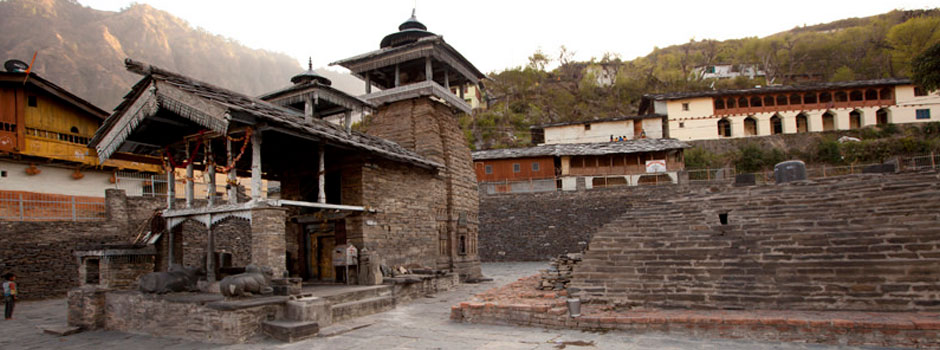
The Lakhamandal Temple in Uttarakhand is one of the temples in Devbhumi, often known as the “country of the gods,” which are notable throughout India for serving as the centre of the Hindu religion. The Lakhamandal Temple is actually a large, ancient temple complex with several shrines, but what makes the place so intriguing is the lingam statue of Lord Shiva. The Lakhamandal temple complex is an extremely old structure and a significant historical location. Few enshrined little temples are still standing to tell the people the tale of stories and eras, while many have met ruin at the hands of the march of civilization’s advancement.
The ancient Hindu epic, the Mahabharata, is linked to mythological legend. The Lakhamandal Temple is thought to be the home of wax that Duryodhana constructed in order to murder the Pandavas.
The Pandava Gufa (“Witness the Pandavas exit plan”) cave on the road is part of a cave system near the settlement. According to legend, Mahabali Bheema dug the Pandava gufa.

The Lakhamandal Temple’s architecture is highly intriguing. A massive gate leading into the Lakhamandal temple complex is manned by two statues representing the devil and the man. But the Lord Shiva lingam statue is what draws most people to the Lakhamandal Temple. When devotees give the Lord a water bath, the lingam, which is made of granite, sparkles. The Gupta Period of Indian history saw the construction of the Lakhamandal Temple. On the route that connects Mussoorie and Chakrata, there is a temple called Lakhamandal. But the Lakhamandal temple is only a hundred kilometres by vehicle or bus from Chakrata. Both tourists and pilgrims stop by the Lakhamandal Temple to worship and learn about its rich history.
Famous For.
Locals claim that Duryodhana of the Mahabharata episode plotted to burn alive the Bhaskar in the shellac-built Lakshagreh home at this temple and the surrounding area.
There are identical statues of Danav and Manav next to the main shrine. Its dwarpals are the statues (doormen). Some individuals think that these monuments represent the Pandava brothers Bhima and Arjuna. They also resemble Lord Vishnu’s doormen Jai and Vijay. An appearance in front of these sculptures causes a person who was about to die or had just passed away to momentarily come back to life before passing away. The power of Manav kept the person alive, while Danav took the person’s soul to Lord Vishnu’s abode.
In the native Jaunsari language, a different cave close by is referred to as Dhundhi Odaari. Odaar or odaari means “cave” or “hidden spot,” whereas Dhundi or Dhund means “misty” or “foggy.” According to the locals, the Pandavas sought safety in this cave from Duryodhana.
Best time to visit lakhamandal Temple
The journey to the lakhamandal temple is possible throughout the year, however, travelling here between the months of October and May is the nicest and most pleasurable. The weather is cold here throughout the winter. The temperature here drops significantly in the winter because of the cold. It is a little challenging here due to rain because of the winter’s significant precipitation.
Location
This temple is located on the Mussoorie-Yamnotri route, past Kempty Falls, 128 kilometres from Dehradun and 35 kilometres from Chakrata. It is constructed in the North Indian architectural style, which is typical of the state of Himachal Pradesh’s mountainous districts like Garhwal. The Yamuna River runs next to the village of Lakhamandal, where the temple is located.

